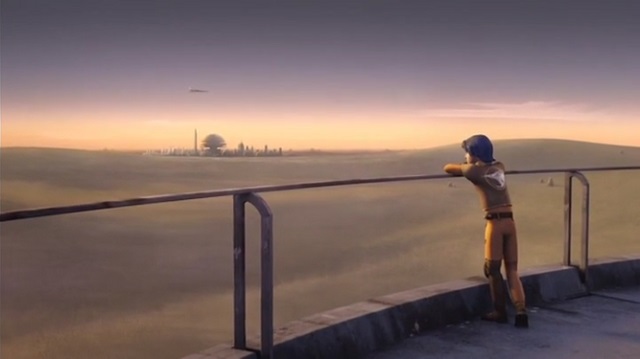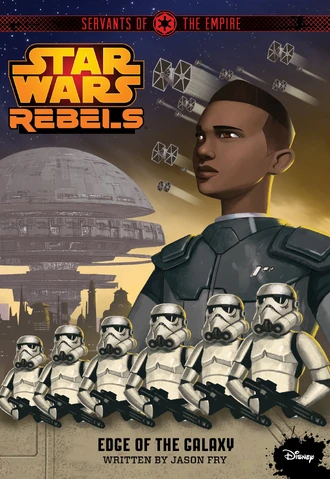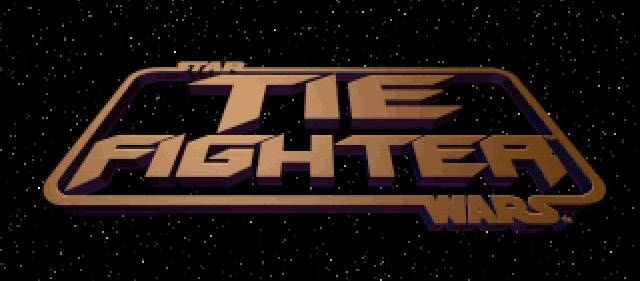The Latin phrase mutatis mutandis loosely means “with only the necessary changes made” and that basically sums up the approach given to James Luceno’s characterization of the Galactic Empire in his novel, Tarkin. We won’t be reviewing the book per se – our editor has already done that – and we won’t be talking about the handling of Legends Expanded Universe material in this book (though mutatis mutandis also well describes it, especially given Luceno’s penchant for using EU) because ETE will be discussing the current EU/NEU state of play at a later date. Instead, we’ll take a look at the Galactic Empire and what Tarkin means for the Empire, especially next to portrayals in Edge of the Galaxy and A New Dawn.
So what’s the Empire like, in Tarkin? Truthfully, it’s the same as it always was. There are some changes to the ruling structure that we’ll get into, but the changes are essentially in name only and don’t materially change anything from the old EU structure of the Empire. There is some hinting that the anti-female and anti-alien policies are gone, but they’re not stated outright and it’s only really there by reading between the lines. What has changed is that the inconsistencies between the trilogies have been papered over – in the olden days we might have called them retcons, but the truth is that these changes are actually fairly minimal. Tarkin, like A New Dawn, presents an Empire that seems very consistent with the Legends EU in all but a few respects. This is a good thing – the Empire was generally very well characterized in the EU, at least structurally and philosophically. There were a few areas here and there that needed working, and the NEU has by and large taken care of those. The larger issues with the Empire had to do with the strength of villains as antagonists, which was sometimes flagging in the “Warlord of the Week” period of the EU: but whatever the weaknesses of the primary story in Tarkin, the man’s a good villain. But we’ll get to Tarkin the man a little later.



